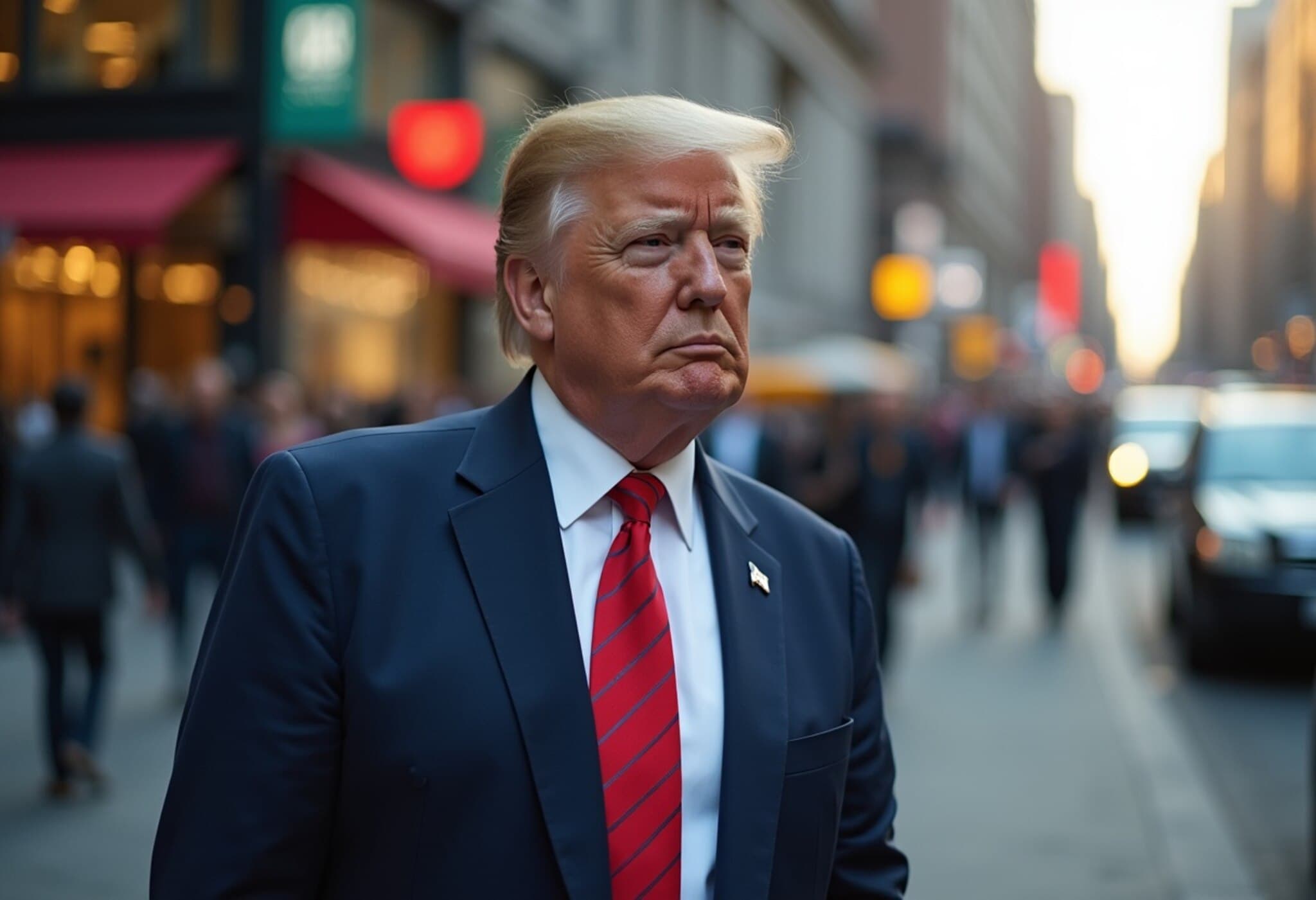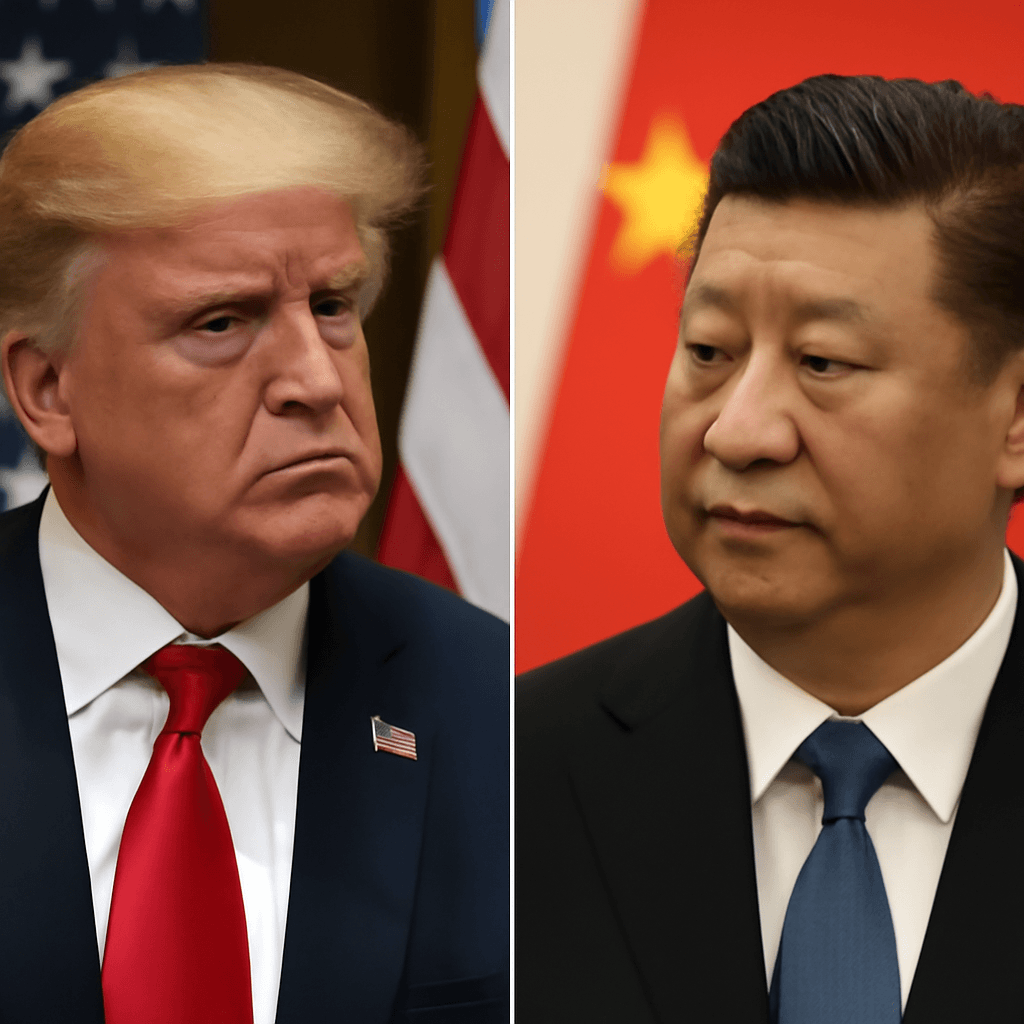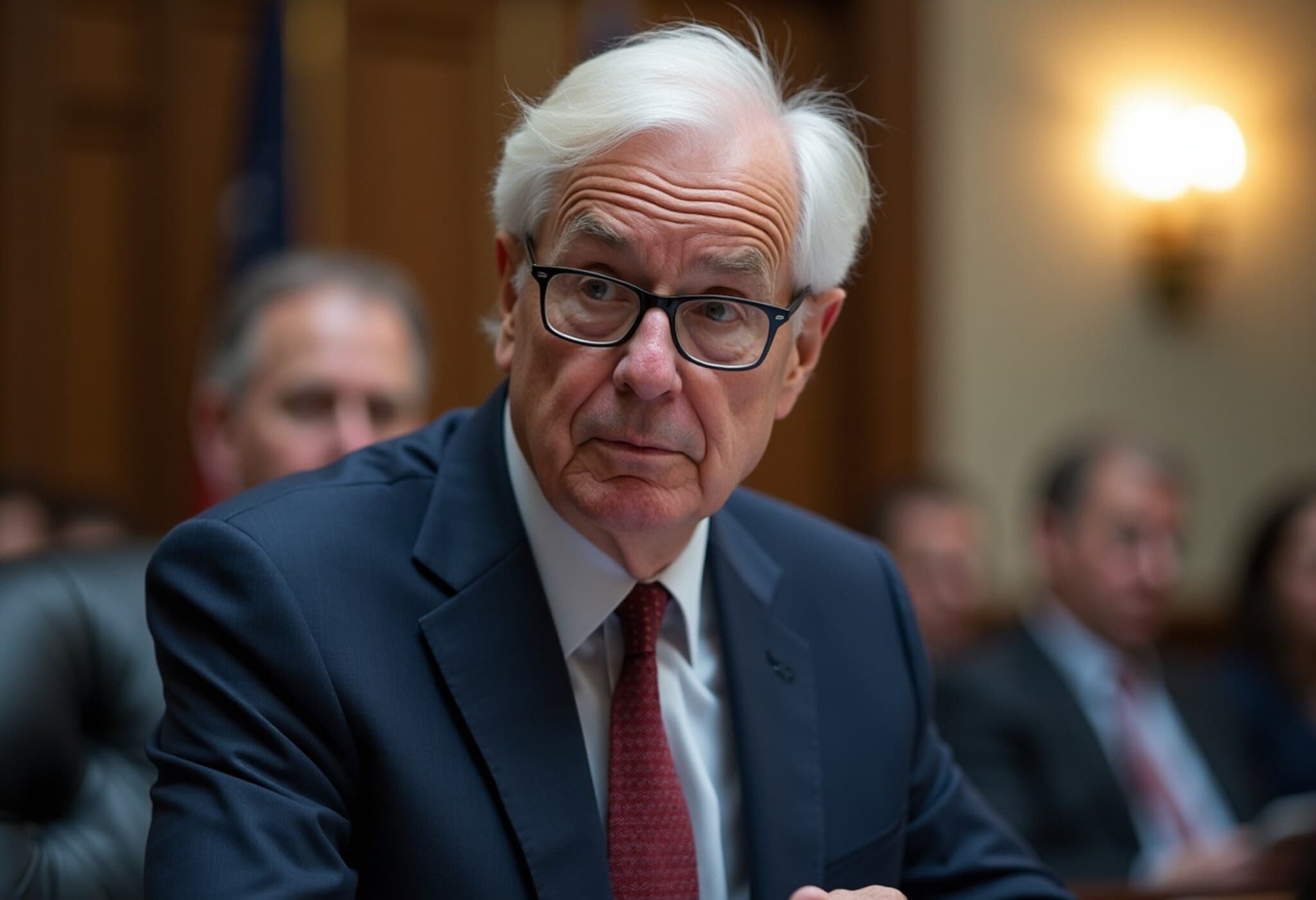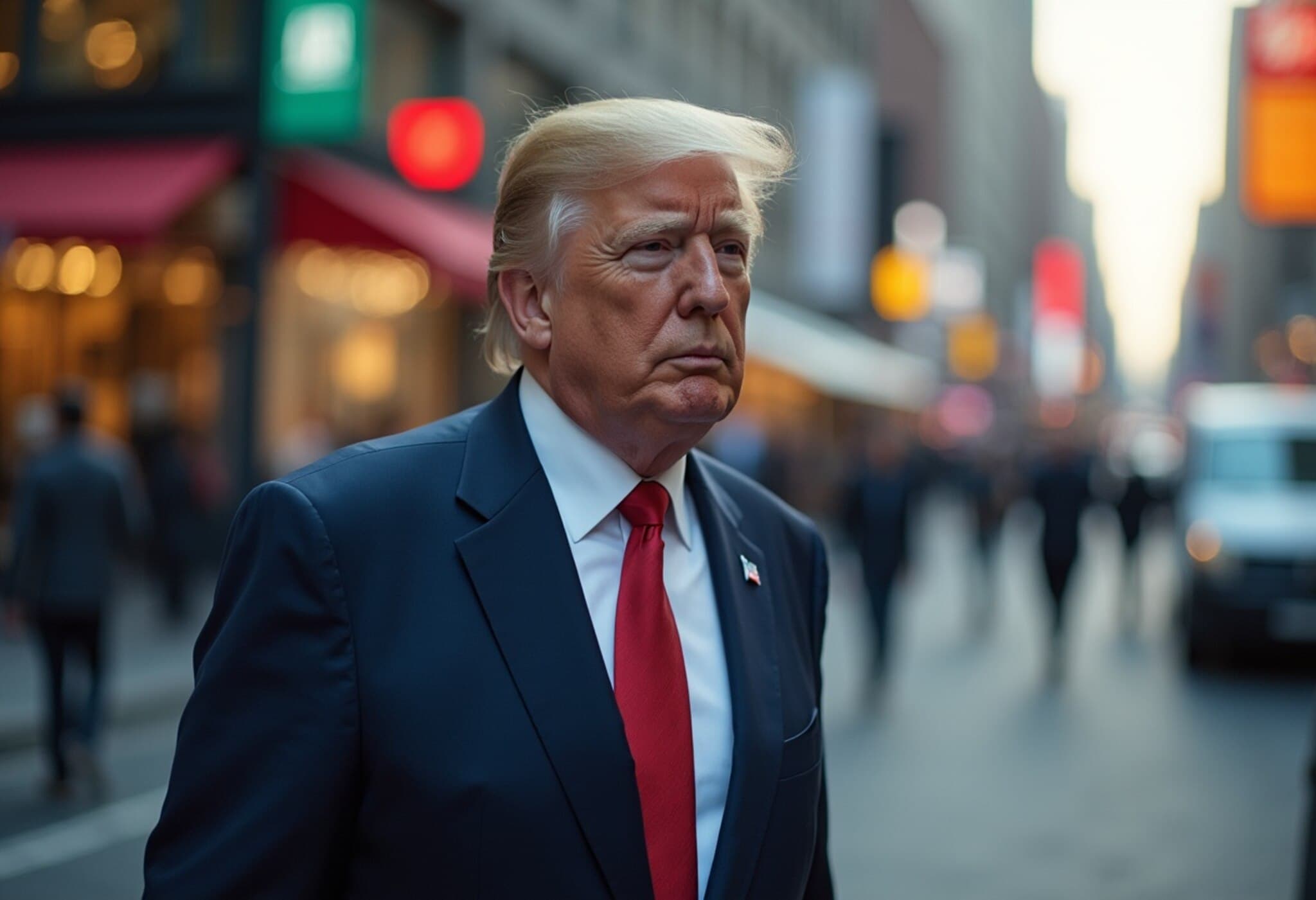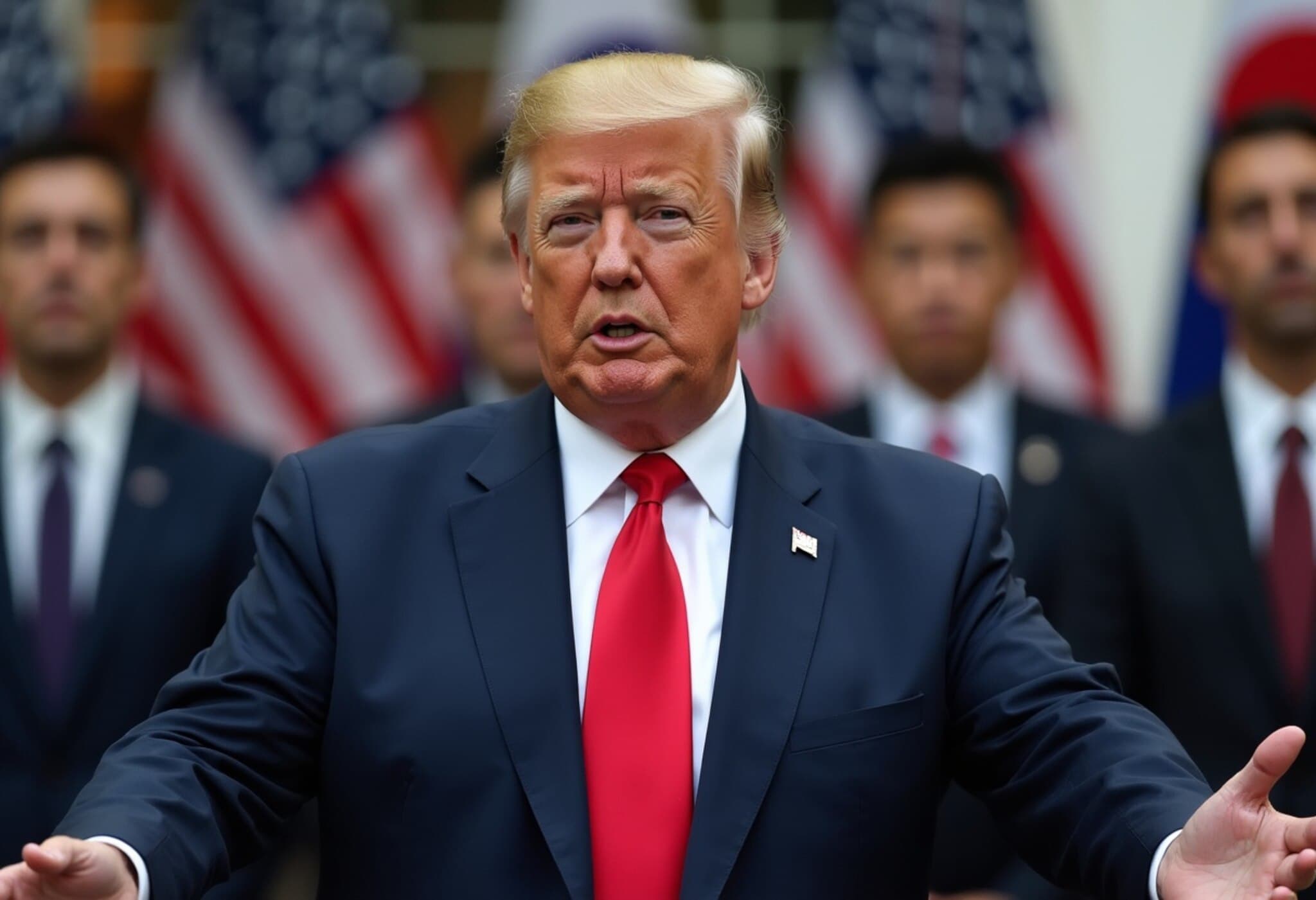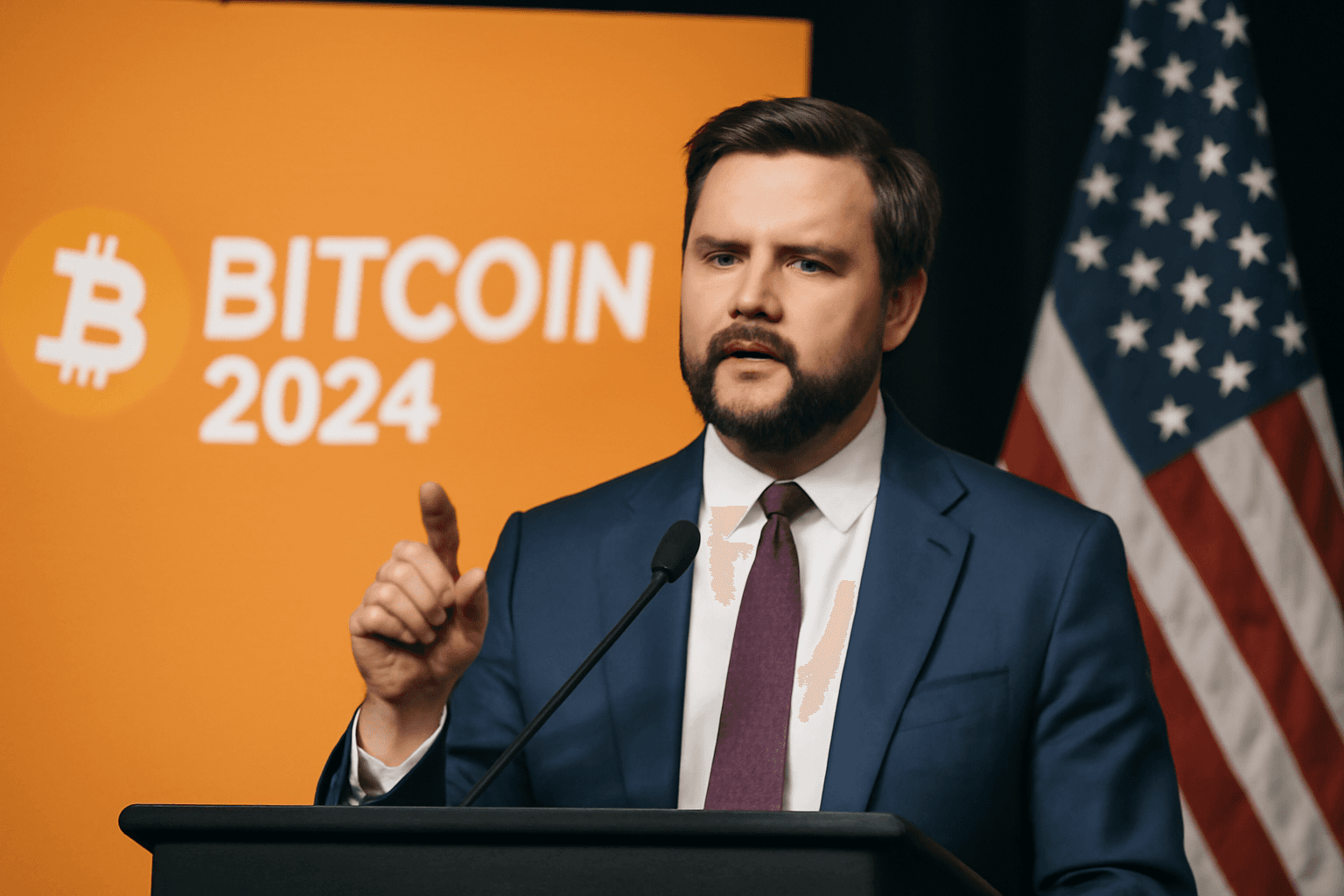U.S. Inflation Meets Expectations—but What Does It Really Mean?
On July 15, 2025, the U.S. Bureau of Labor Statistics released June’s consumer price index (CPI) data, confirming what many market watchers had braced for: inflation ticked higher, aligning closely with consensus forecasts. Yet, beneath the surface, this 'expected' inflation rate carries a more nuanced story that resonates with American consumers and policymakers alike.
Generally, when data meets expectations, it tends to soothe markets by eliminating surprises. However, as anyone who’s faced a tough performance review can attest, sometimes meeting low expectations isn’t necessarily a sign of success—it can be just as stingy. In this case, June’s inflation, including a 0.3% monthly rise in the headline CPI and a 0.2% increase in core inflation (which strips out energy and food volatility), unapologetically hit its highest annual level since February 2025.
Matthew Ryan, head of market strategy at Ebury, points out that President Trump’s tariffs have played a clear role: “The latest U.S. inflation report practically confirmed that President Trump's tariffs acted to push up consumer prices in June.” This reaffirmation of tariffs’ tangible cost to consumers offers critical context for understanding rising prices amid ongoing trade tensions.
Trade Ties: The Emerging U.S.-Indonesia Deal
In a major development coinciding with inflation data, President Donald Trump announced a preliminary trade agreement with Indonesia. Under this deal, American exporters are poised to benefit as their goods gain tariff-free access to Southeast Asian markets.
Jakarta, however, remains cautious, yet to formally endorse the agreement—a reminder of the intricate dance behind international deals. From an economic viewpoint, such trade agreements could alleviate some inflation pressures by potentially lowering import costs, offering compensation to consumers struggling with rising prices.
Stock Markets: A Tale of Diverging Fortunes
Equity markets responded unevenly to the economic news on Tuesday, reflecting investor wariness amid inflation concerns and geopolitical developments.
- While major indexes like the Dow Jones Industrial Average and the S&P 500 experienced declines, the Nasdaq Composite bucked the trend, propelled by a remarkable 4% surge in Nvidia shares.
- Across the Atlantic, optimism was palpable, with the pan-European Stoxx 600 index climbing on the back of upbeat earnings and sentiment.
This bifurcation underscores the ongoing rotation within portfolios, as investors seek refuge in technology and European equities amid broader uncertainty.
Big Banks Deliver Strong Earnings
Adding to the mix, financial giants JPMorgan Chase and Citibank surpassed earnings expectations for the second quarter. JPMorgan CEO Jamie Dimon expressed confidence, indicating the bank’s robust outlook despite inflation challenges.
European Fund Managers Turn Bullish
According to a recent Bank of America survey, 81% of European fund managers anticipate stock price gains over the next year, reflecting optimism about recovery and investors’ shifting focus beyond U.S. markets.
Cryptocurrency Regulation Faces Setbacks
The week, dubbed “Crypto Week,” was marked by unexpected hurdles in Washington, D.C., as several cryptocurrency regulatory bills endorsed by President Trump failed to clear procedural thresholds in the House of Representatives.
This rare display of dissent from House Republicans not only disappointed the crypto industry but also highlights the complex and often contentious political dynamics shaping digital asset regulation in the United States.
What This Means for Americans
The resurgent inflation figures, persistent tariff impacts, and uneven market responses paint a mixed picture for everyday Americans. Rising consumer prices impact household budgets directly, while the unfolding trade and regulatory developments could influence both job markets and investment landscapes for months to come.
Key Takeaways:
- Inflation remains a stubborn challenge, with tariffs contributing to elevated consumer costs.
- Trade agreements like the U.S.-Indonesia deal offer potential relief but require cautious optimism.
- Markets continue to grapple with inflation’s economic ripples, favoring tech and European equities.
- Cryptocurrency’s regulatory future remains uncertain amid political divides.
Editor’s Note
This snapshot of July 2025 economic and market dynamics underscores a critical lesson: meeting expectations isn’t always cause for celebration, especially when those expectations involve unfavorable trends like inflation. For policymakers, investors, and consumers, the coming months will be telling—will trade and regulatory shifts provide relief, or will inflation and political friction deepen economic anxieties? Keeping a close eye on these evolving narratives, grounded in credible data and real-world impacts, will be essential for navigating the path ahead.

